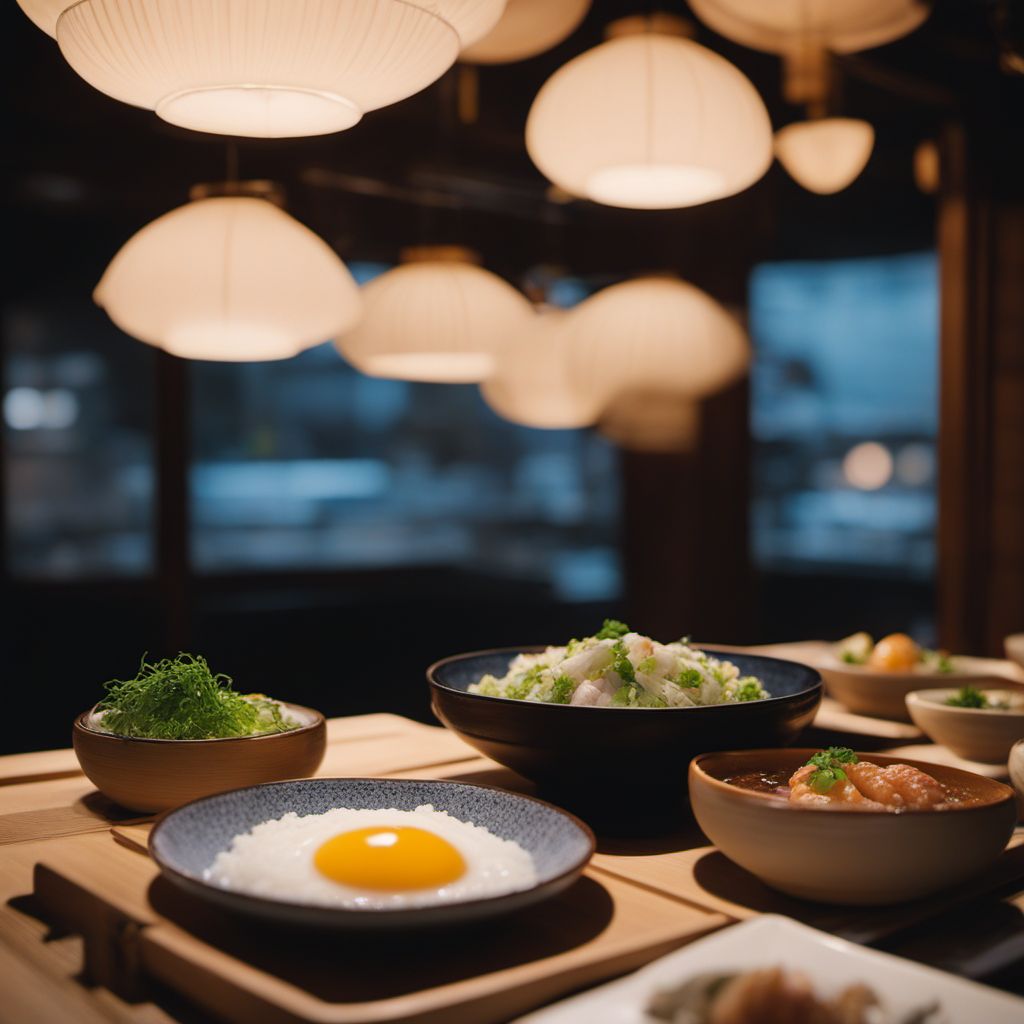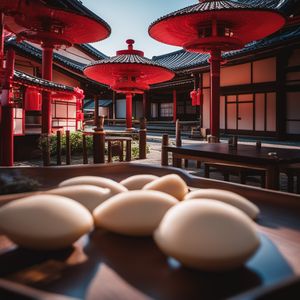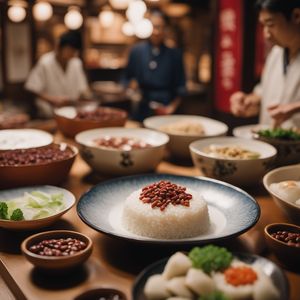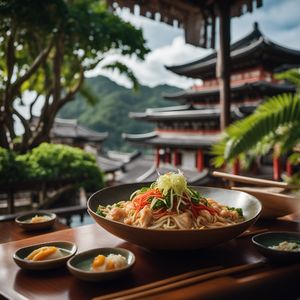
Dish
Kamome no tamago
Kamome no tamago is a savory Japanese dish made by whisking eggs and mixing them with seafood, such as shrimp or crab. The mixture is then steamed until set, resulting in a light and fluffy texture. Kamome no tamago is often served with soy sauce or ponzu sauce. This dish is a popular choice in coastal regions of Japan, where seafood is abundant.
Origins and history
Kamome no tamago originated in the coastal regions of Japan, where it is still a popular dish today. The dish is said to have been created by local fishermen who wanted to create a nutritious and filling meal using local ingredients. The dish became popular among the general population and spread throughout Japan. Today, Kamome no tamago is enjoyed as a traditional dish and is often served in seafood restaurants.
Dietary considerations
Gluten-free, suitable for pescatarians
Variations
There are many variations of Kamome no tamago, including those made with different types of seafood or seasonings. Some versions are also topped with seaweed or other toppings. One popular variation is made with uni (sea urchin) and ikura (salmon roe).
Presentation and garnishing
Kamome no tamago is often served in a small dish or bowl. It is sometimes garnished with a small piece of seafood or a sprinkle of green onion. To prevent the eggs from becoming too tough, steam them at a low temperature for a longer period of time.
Tips & Tricks
When making Kamome no tamago, be sure to use fresh seafood and eggs for the best flavor. It's also important to whisk the eggs well to ensure a light and fluffy texture. If you don't have a steamer, you can use a heatproof dish and a large pot with a lid to steam the eggs.
Side-dishes
Miso soup, edamame, pickled vegetables
Drink pairings
Kamome no tamago pairs well with sake, white wine, or green tea.
Delicious Kamome no tamago recipes
More dishes from this category... Browse all »

Aamras
Indian cuisine

Aasmi
Indian cuisine

Agra petha
Indian cuisine

Aiyùbīng
Taiwanese cuisine

Ajdnek
Slovenian cuisine

Akafuku
Japanese cuisine

Akanés
Greek cuisine

Akumaki
Japanese cuisine



